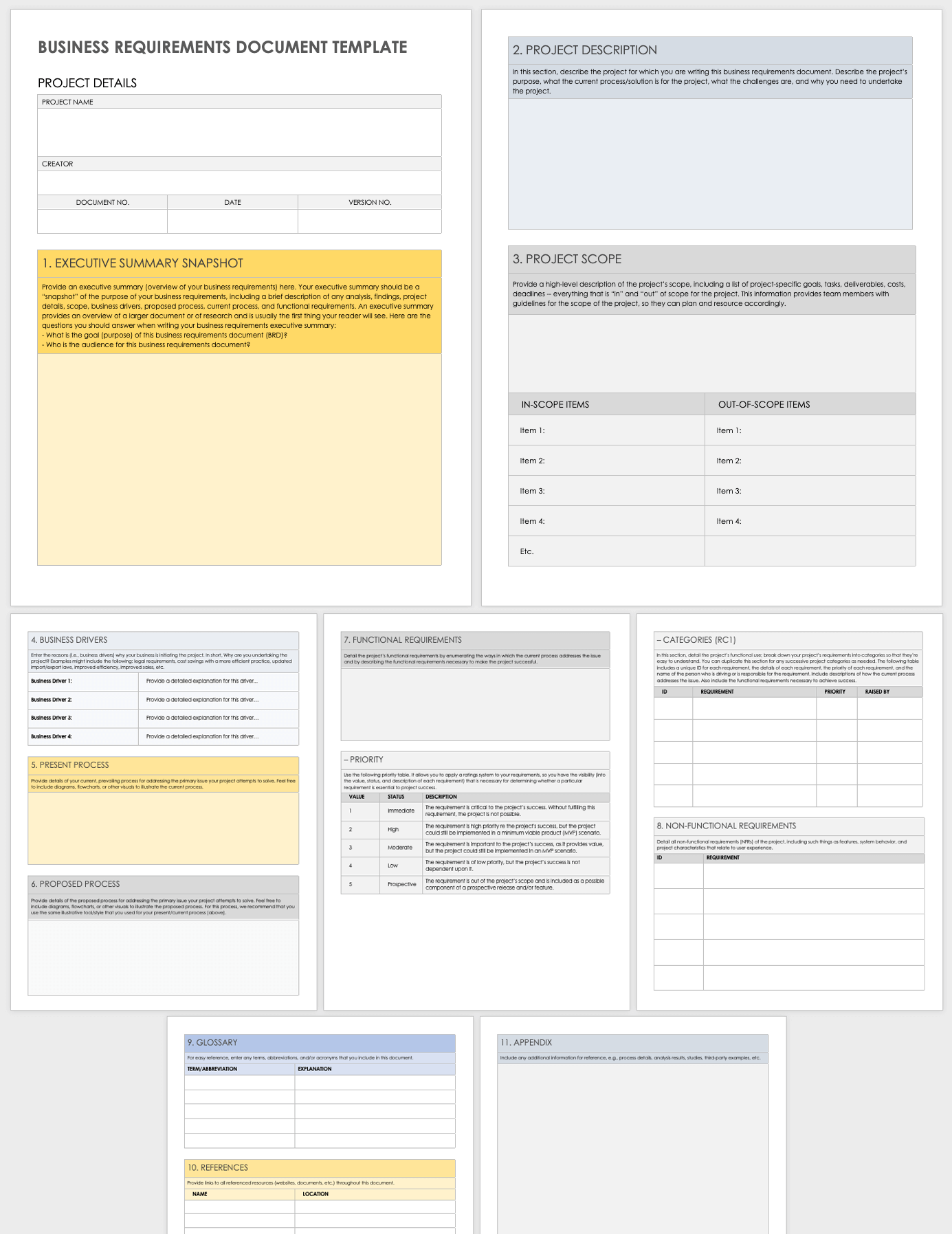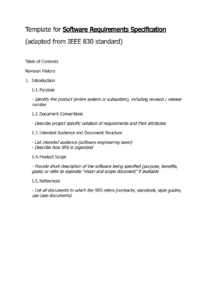When it comes to defining the requirements for a new business system, it’s essential to have a clear and concise template to guide the process. A well-structured template will help you ensure that all the necessary information is captured, and it will also make it easier to communicate the requirements to stakeholders. There are many different business system requirements templates available, so it’s important to choose one that is tailored to your specific needs.
In this article, we will provide you with a comprehensive guide to business system requirements templates. We will discuss the different types of templates available, the information that should be included in a template, and how to use a template to gather and document requirements.

Types of Business System Requirements Templates
There are two main types of business system requirements templates: functional and non-functional. Functional requirements define the specific tasks that the system must be able to perform, while non-functional requirements define the overall quality of the system, such as its performance, security, and usability.
Functional requirements templates typically include the following sections:
- Use case name
- Description
- Pre-conditions
- Post-conditions
- Acceptance criteria
Non-functional requirements templates typically include the following sections:
- Requirement type
- Description
- Measurement criteria
- Target value
How to Use a Business System Requirements Template
Once you have selected a business system requirements template, you can begin to gather and document the requirements. The first step is to identify all of the stakeholders who will be involved in the system. This includes users, managers, and other stakeholders who will be affected by the system.
Once you have identified the stakeholders, you can begin to gather the requirements. This can be done through interviews, workshops, or surveys. It is important to ask the stakeholders open-ended questions and to encourage them to provide as much detail as possible.
Once you have gathered the requirements, you can begin to document them in the template. It is important to be clear and concise in your documentation. You should also ensure that the requirements are traceable, so that you can track them back to the stakeholders who provided them.
Once you have documented the requirements, you can begin to analyze them. This involves identifying any conflicts or inconsistencies in the requirements. You should also prioritize the requirements, so that you can focus on the most important ones first.
Once you have analyzed the requirements, you can begin to develop the system. It is important to keep the requirements in mind throughout the development process, and to ensure that the system meets all of the requirements.
Conclusion
A business system requirements template is an essential tool for gathering and documenting the requirements for a new business system. By using a template, you can ensure that all of the necessary information is captured, and you can also make it easier to communicate the requirements to stakeholders.
There are many different business system requirements templates available, so it’s important to choose one that is tailored to your specific needs. Once you have selected a template, you can begin to gather and document the requirements. By following the steps outlined in this article, you can ensure that you have a clear and concise set of requirements that will help you to develop a successful business system.

